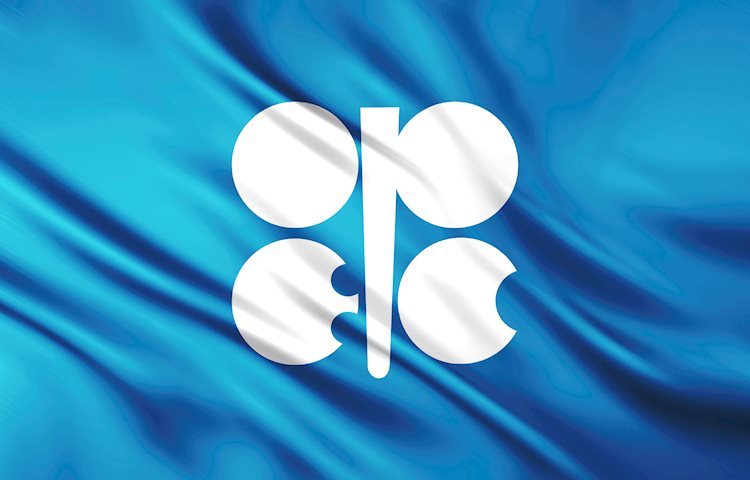- WTI kicks off the new week on a weaker note amid some profit-taking, though it lacks follow-through.
- Middle East tensions, along with optimism over demand recovery, lend support to Crude Oil prices.
- Traders now look to Fedpseak for some impetus, though the focus remains on the Israel-Hamas war.
West Texas Intermediate (WTI) US crude Oil prices kick off the new week on a weaker note and move away from a five-month peak – levels beyond the $75.00 psychological mark touched on Friday. The commodity, however, trims a part of modest Asian session losses and currently trades around the $73.75-$73.80 region, down 0.35% for the day.
The intraday downtick lacks any obvious fundamental catalyst and could be attributed to some profit-taking, especially after last week’s strong gains – marking the biggest in over a year. Meanwhile, the Israel-Hamas war showed few signs of cooling, which, along with reports that Israel is considering attacking Iran’s oil production facilities, fuel concerns about supply disruptions from the Middle East. This, in turn, is seen as a key factor that acts as a tailwind for crude oil prices.
Furthermore, the upbeat US monthly employment details released on Friday raised hopes that the world’s largest economy was more resilient than initially feared. Apart from this, hopes that the recent stimulus bonanza from China will ignite a lasting recovery and lift fuel demand in the world’s largest Oil importer. This turns out to be a key factor that acts as a tailwind for Crude Oil prices and warrants caution for bearish traders or positioning for any meaningful slide.
Moving ahead, there isn’t any relevant market-moving economic data due for release on Monday from the US. That said, speeches by influential FOMC members will drive the USD demand and provide some impetus to USD-denominated commodities, including Crude Oil prices. Apart from this, geopolitical developments surrounding the ongoing conflicts in the Middle East should contribute to producing short-term trading opportunities around the black liquid.
WTI Oil FAQs
WTI Oil is a type of Crude Oil sold on international markets. The WTI stands for West Texas Intermediate, one of three major types including Brent and Dubai Crude. WTI is also referred to as “light” and “sweet” because of its relatively low gravity and sulfur content respectively. It is considered a high quality Oil that is easily refined. It is sourced in the United States and distributed via the Cushing hub, which is considered “The Pipeline Crossroads of the World”. It is a benchmark for the Oil market and WTI price is frequently quoted in the media.
Like all assets, supply and demand are the key drivers of WTI Oil price. As such, global growth can be a driver of increased demand and vice versa for weak global growth. Political instability, wars, and sanctions can disrupt supply and impact prices. The decisions of OPEC, a group of major Oil-producing countries, is another key driver of price. The value of the US Dollar influences the price of WTI Crude Oil, since Oil is predominantly traded in US Dollars, thus a weaker US Dollar can make Oil more affordable and vice versa.
The weekly Oil inventory reports published by the American Petroleum Institute (API) and the Energy Information Agency (EIA) impact the price of WTI Oil. Changes in inventories reflect fluctuating supply and demand. If the data shows a drop in inventories it can indicate increased demand, pushing up Oil price. Higher inventories can reflect increased supply, pushing down prices. API’s report is published every Tuesday and EIA’s the day after. Their results are usually similar, falling within 1% of each other 75% of the time. The EIA data is considered more reliable, since it is a government agency.
OPEC (Organization of the Petroleum Exporting Countries) is a group of 12 Oil-producing nations who collectively decide production quotas for member countries at twice-yearly meetings. Their decisions often impact WTI Oil prices. When OPEC decides to lower quotas, it can tighten supply, pushing up Oil prices. When OPEC increases production, it has the opposite effect. OPEC+ refers to an expanded group that includes ten extra non-OPEC members, the most notable of which is Russia.
Read the full article here

